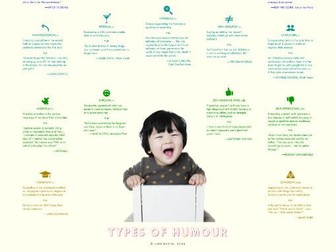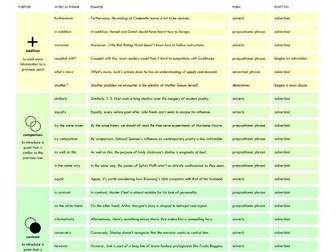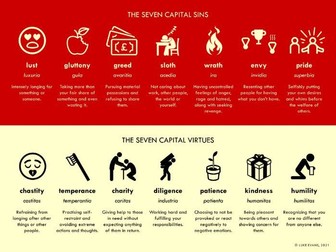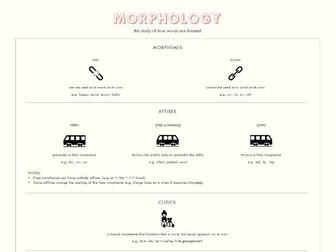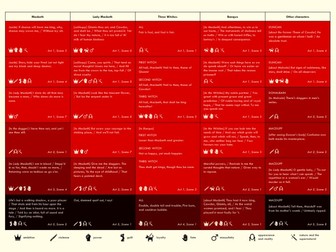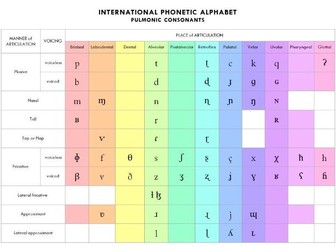
Types of humour (poster and cards)
A collection of resources (a poster, a set of flashcards, and a card sort activity) for students on the different types of humour, along with some common methods that writers and comedians employ to make the audience laugh. Each category is explained with:
a descriptor and word class (i.e. noun or adjective)
an illustrative symbol
a definition
a real example of it being used and the name of the author
These resources are particularly useful for GCSE and A-level students of English Literature and English Language, many of whom struggle to explain how and why a passage of a text is humorous.
Please note, there are one or two examples that might seem slightly risqué depending on the maturity and sensitivity of your students. I have provided the original PowerPoint files in case you would like to adapt them for your own needs.
PRINTING TIPS
The A6 flashcards should be printed on A4 double-sided, flipped on the short edge, while the card sort should be printed A4 single-sided. You will need a guillotine to cut them down to A6 size.
Ideally, the poster should be printed on A2 paper; however, if you can only print it onto A3, you can use the PDF version in Adobe Acrobat. Follow these steps in the “Print” dialogue box:
Either:
Shrink the poster down to A3 by selecting “Page Scaling: Fit to Printable Area”. Check the Page Size and Page Orientation (under “Properties”) to make sure it’s set to A3 and Portrait. (NOTE: This is the preferable option if you’re handing the sheet out to students, but the text size will be very small as a result.)
Or:
Print it across two A3 pages by selecting “Page Scaling: Tile large pages”. Set the Tile Scale to 95%. Check the Page Size and Page Orientation (under “Properties”) to make sure it’s set to A3 and Landscape. The previewed image of the page should now be spread across two landscape A3 pages. (NOTE: This is the preferable option if you are putting it up as a poster on the wall, but you will need to pin or staple it carefully to ensure that the symbols overlap in the right places).
